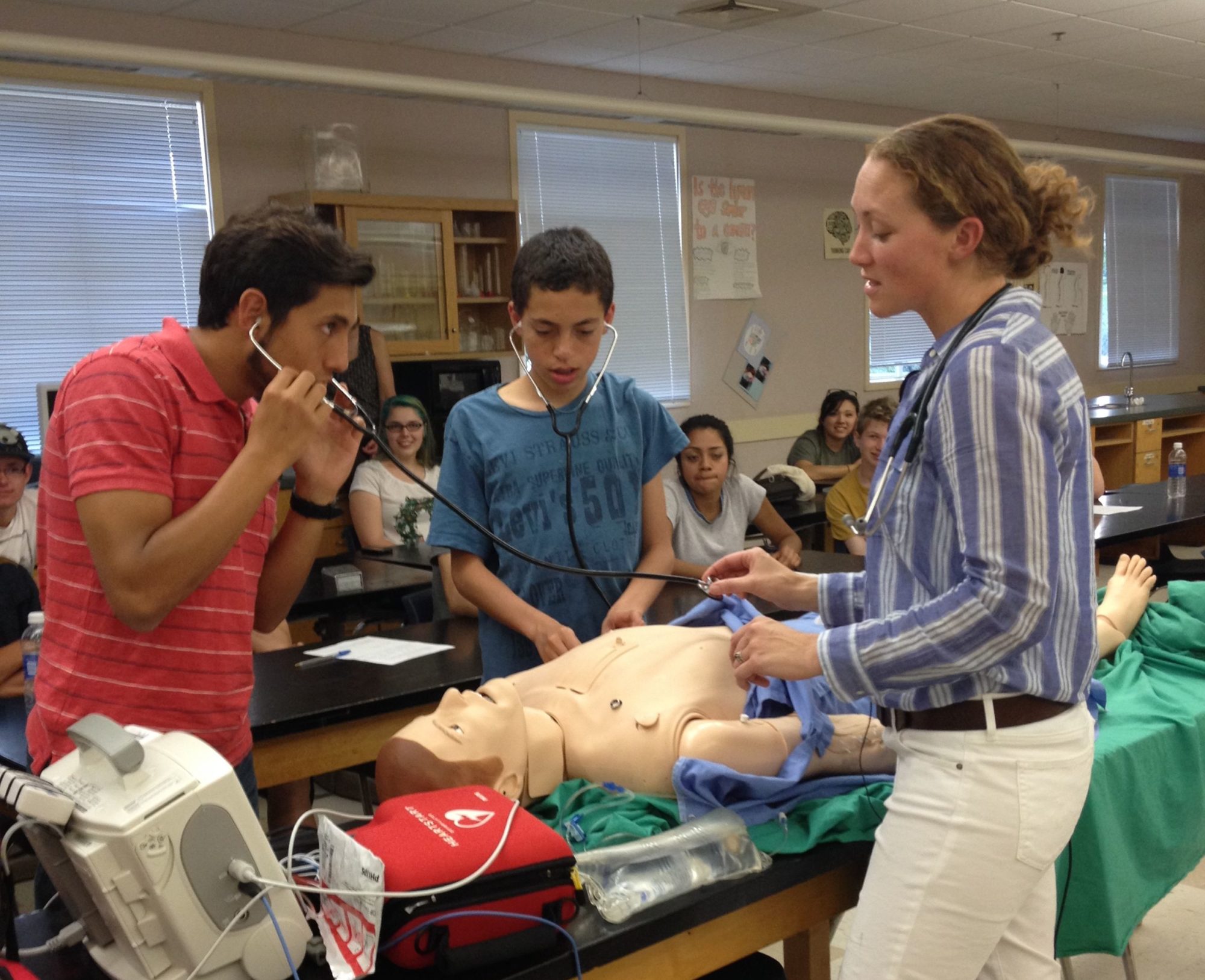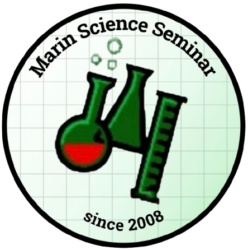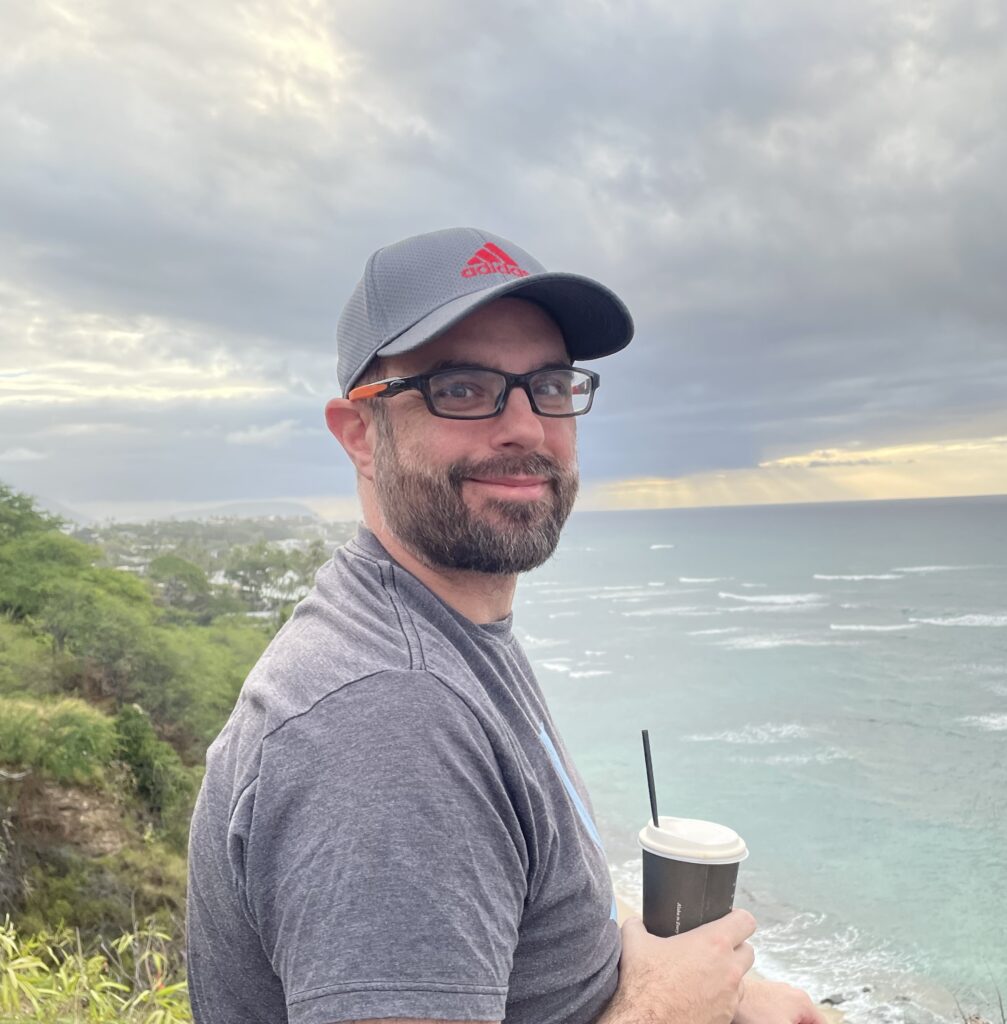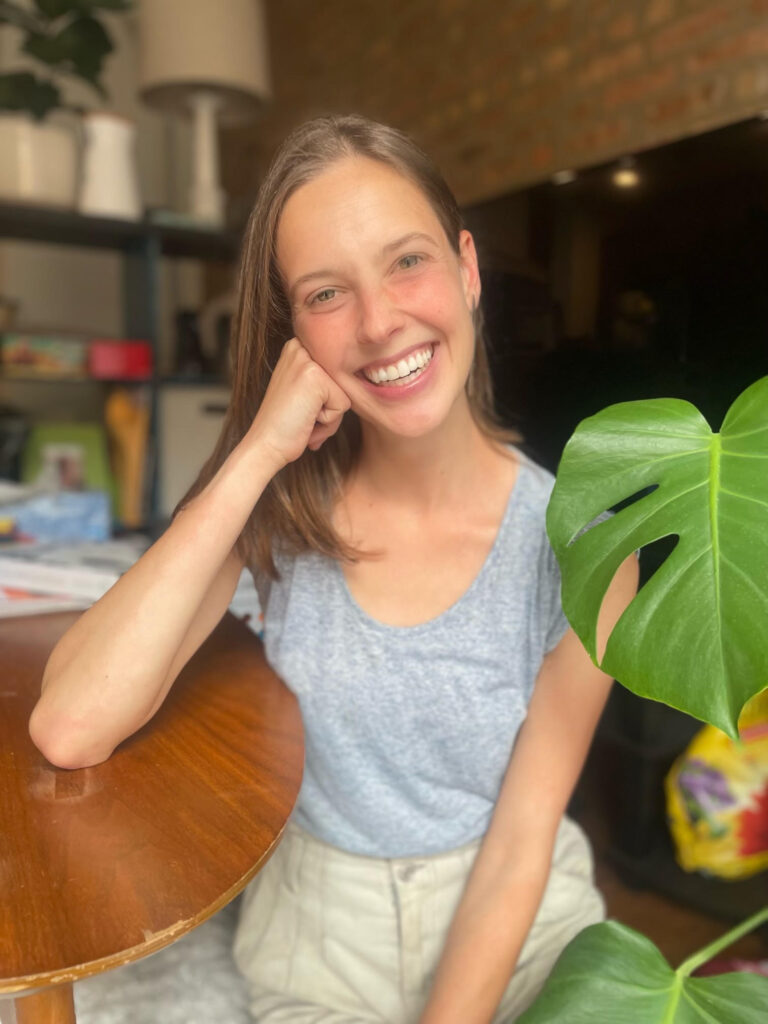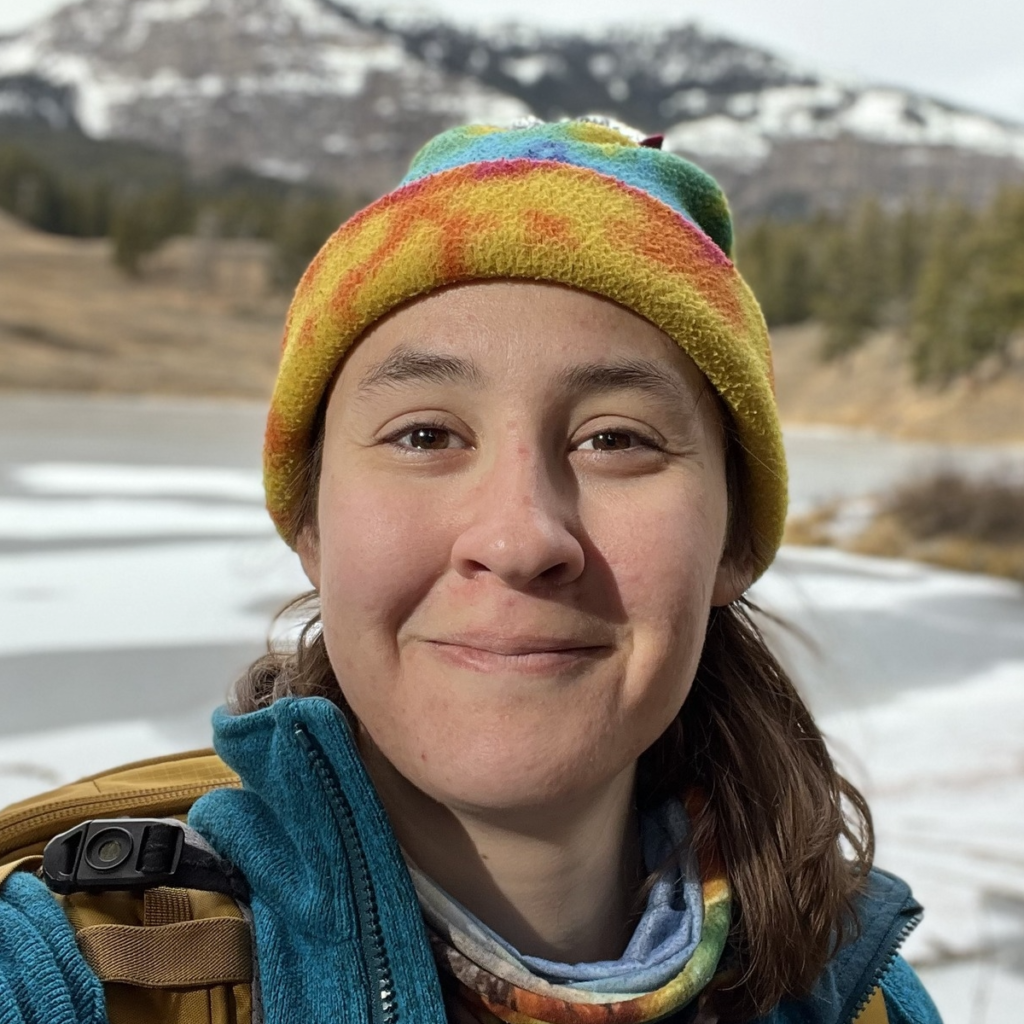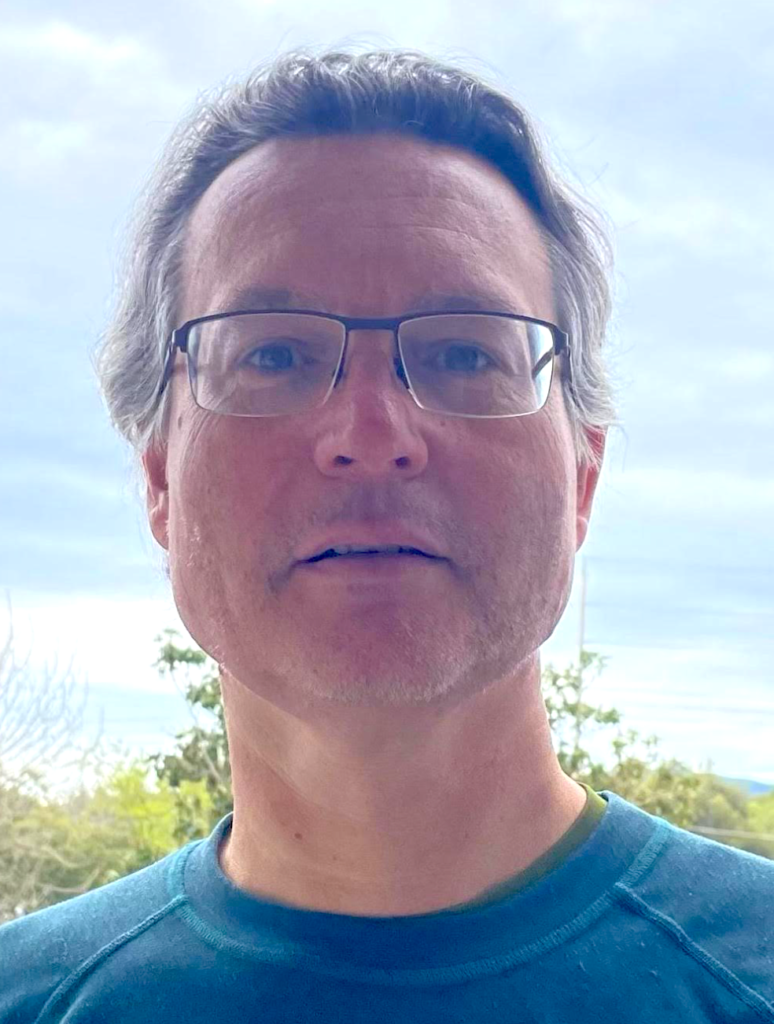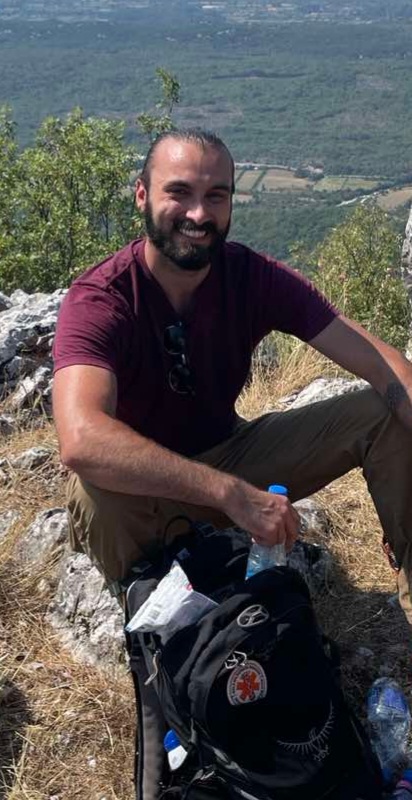with Julie Pettijohn, MPH, CIH, of California Department of Toxic Substances Control
WHEN?: Wednesday, September 25th, 2024 – TLHS Innovation Hub – 7:30 – 8:30pm
Description: California’s Department of Toxic Substances Control (DTSC) works to ensure that companies are following the rules for proper management of their hazardous waste. Hazardous waste includes materials such as waste oil, no longer needed household products like cleaners or paints, or discarded commercial chemicals, which if not properly managed, can contaminate water, cause adverse human health effects, and impact ecosystems. Speaker Julie Pettijohn will present examples from local facilities inspected and will discuss equity work being done by the department to ensure equitable enforcement activities.
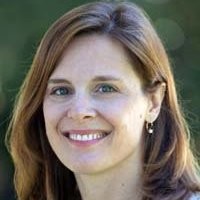
Bio: Julie Pettijohn is an Environmental Program Manager at California Department of Toxic Substances Control. She has worked as an environmental health scientist, designed and completed environmental site assessments for industrial and commercial properties, worked as a Lead Risk Inspector/ Assessor, and audited facilities for compliance with hazardous materials management & worker health and safety regulation. Ms. Pettijohn has also published in the fields of toxicology, risk assessment, and human health risk.
Links:
